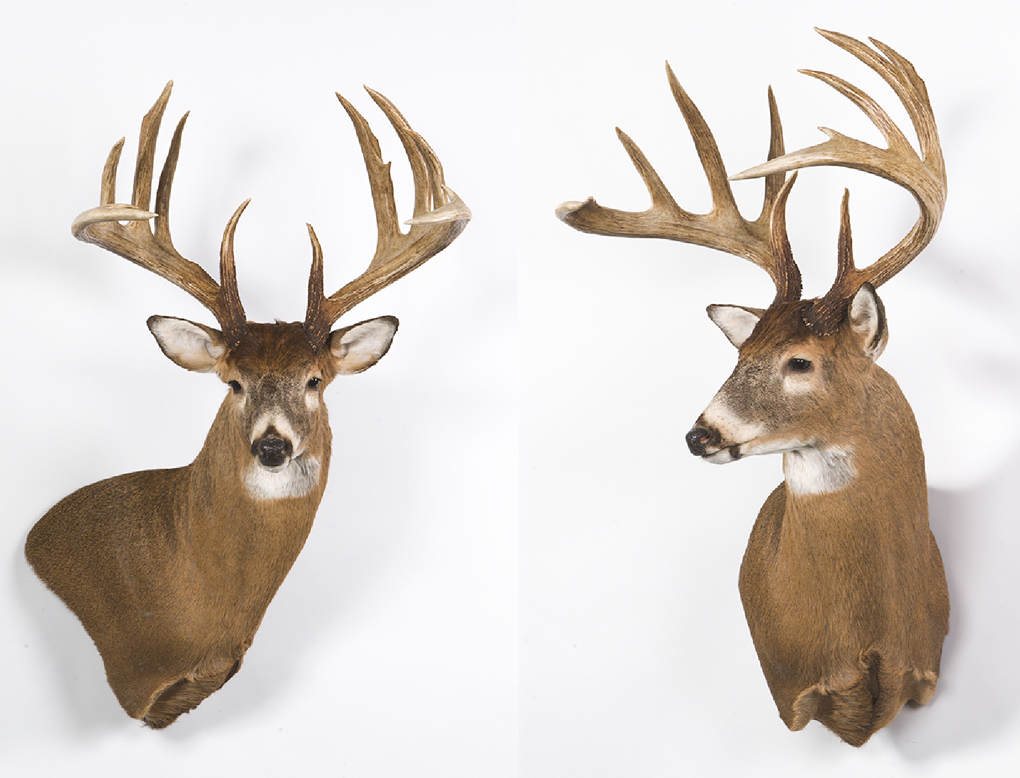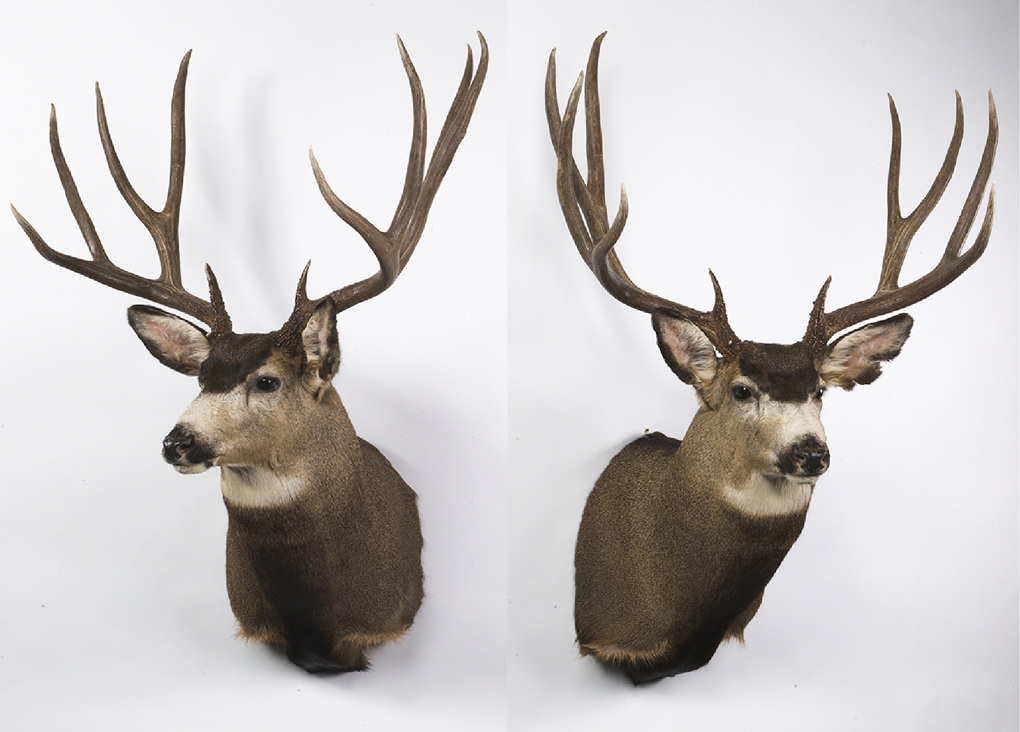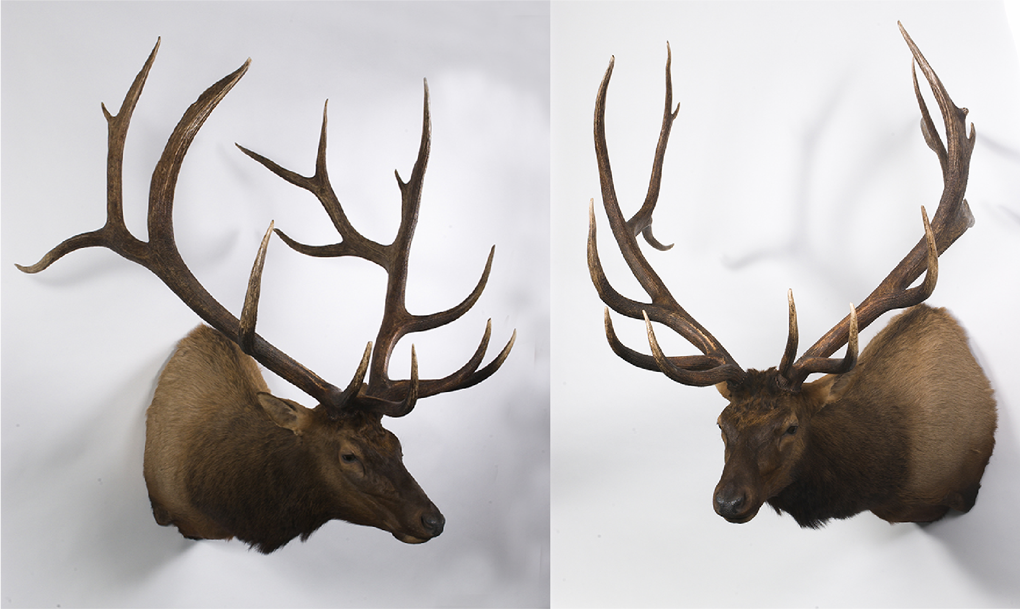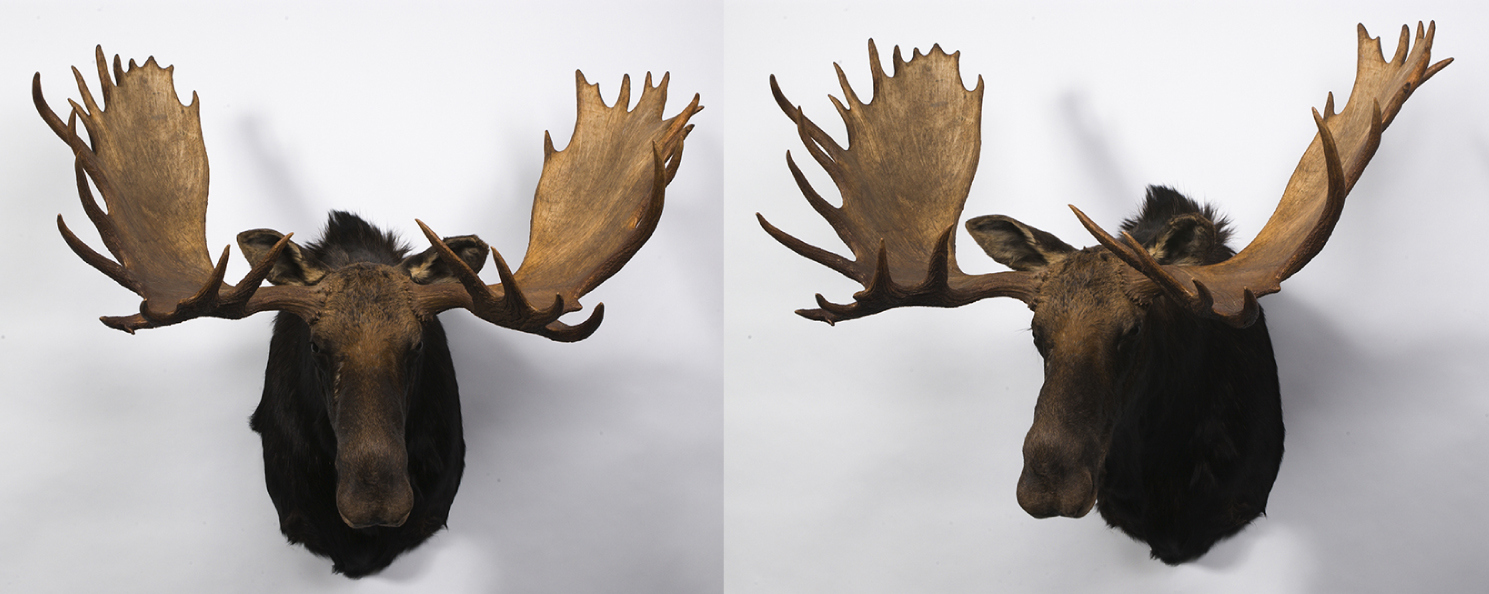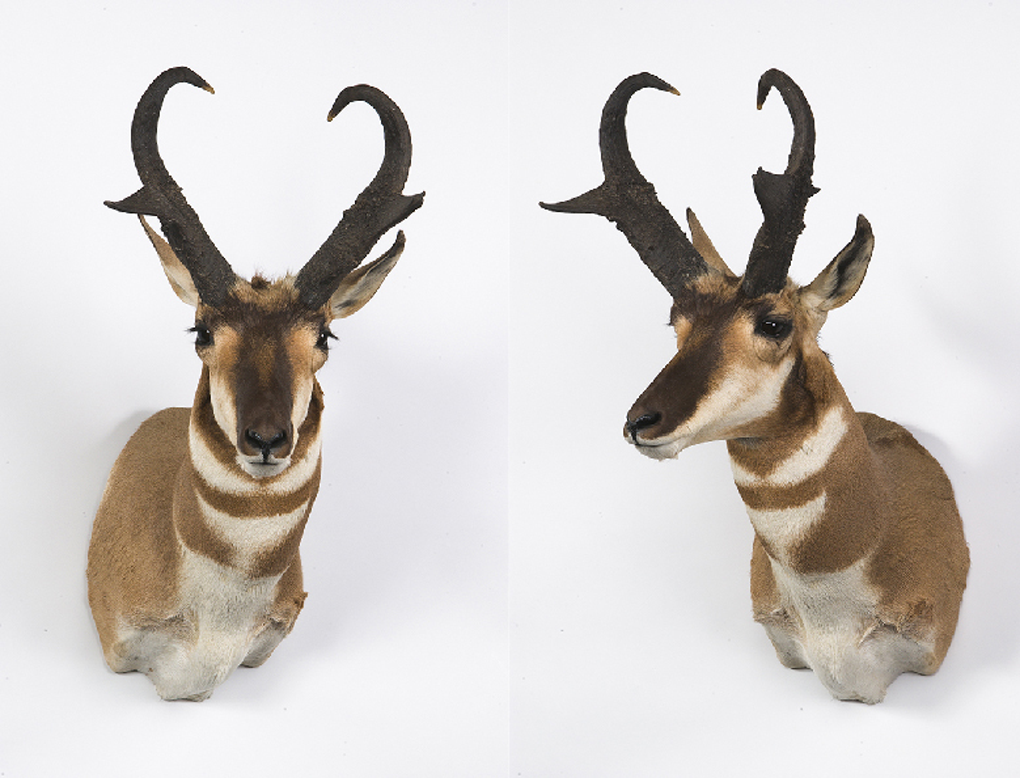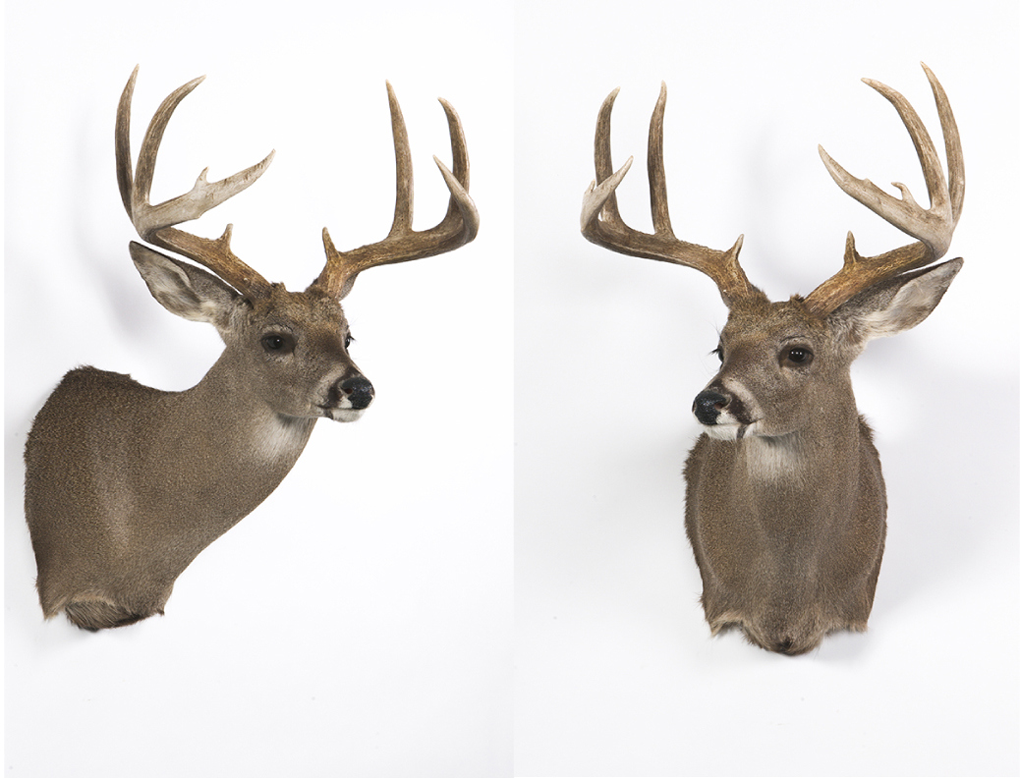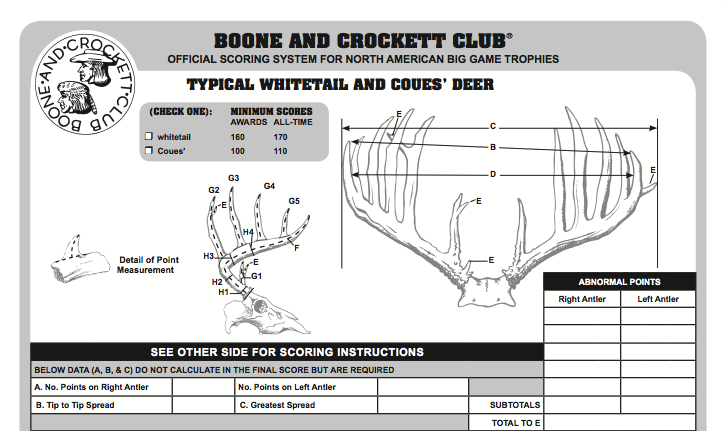Evaluating game in the field is a conservation ethic that dates back over a century when it was imperative for wildlife recovery and a sustainable harvest to only take mature male animals. Since then, it has become a skill among big game hunters, not unlike precision shooting with firearms and bows. While judging a big game animal in the field is a skill that comes from experience, the next best way to gain this knowledge is through photographs.
There are visual clues such as body size, coloration, stature, attitude, and movements you can use to judge the age and maturity of a animal that will help determine if it should be harvested. But for this exercise, we will be using the Boone and Crockett score to calculate trophy quality of an animal's horns or antlers to help guide that decision.
Join us on Instagram and Facebook every Monday for your chance to guess the Boone and Crockett score of a different species and win a limited-edited Leupold Core hat.












